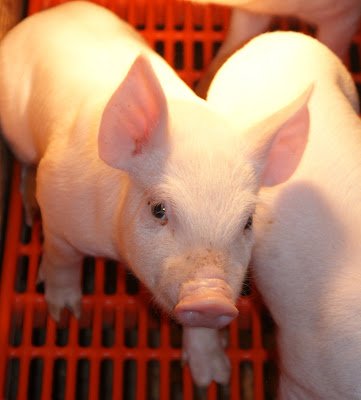Sometimes people ask me how I have time to write stories as a restaurant chef. Usually, I say something like "We find the time for the things we enjoy." It has been some time since I have found the time to write stories, and not that I haven't had plenty to write about. As the executive chef for Park Kitchen, I have taken the team on inspiring tours of Bob's Red Mill in Milwaukee, Oregon, and one of our strongest farmers at Your Kitchen Garden in Canby, Oregon. I travelled to Sweden and Denmark this spring, foraged with the godfather of the Nordic Manifesto revival, and dined at Noma, the best restaurant in the world. I'm bursting at the seams with stories to share with you.
However, I have taken on a new project which has taken up all the time that would otherwise have translated into stories about the millstones at Bob's Red Mill, the inspiring whole grain breads and cheeses from Scandinavia, or the planning that goes into a diversified farm in the Willamette Valley. After eight years at Park Kitchen, I will be leaving to open a new restaurant in downtown Portland. It will be called Raven & Rose, and it will be located in a beautiful restoration of the historic Ladd Carriage House.
Those of you in the industry know how much work goes into the opening of a restaurant, from ductwork and electrical wiring, equipment purchasing, menu planning and recipe development, hiring and training staff, service contracts and so many other things. Once we get all these things moving together in harmony, I will be able to return to telling stories about the people, places and products that inspire me to be a chef.









